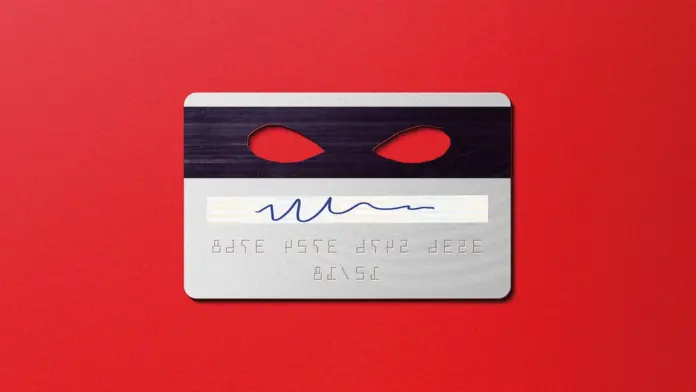New technology that could stop scams before they happen.
Humans are startlingly bad at detecting fraud. Even when we’re on the lookout for signs of deception, studies show, our accuracy is hardly better than chance.
Technology has opened the door to new and more pervasive forms of fraud: Americans lose an estimated $50 billion a year to con artists around the world, according to the Financial Fraud Research Center at Stanford University. But because computers aren’t subject to the foibles of emotion and what we like to call “intuition,” they can also help protect us. Here’s how leading fraud researchers, neuroscientists, psychiatrists, and computer scientists think technology can be put to work to fight fraud however it occurs—in person, online, or over the phone.
1. Suspicious Story Lines
Spam filters are supposed to block e-mail scams from ever reaching us, but criminals have learned to circumvent them by personalizing their notes with information gleaned from the Internet and by grooming victims over time.
In response, a company called ZapFraud is turning to natural-language analytics: Instead of flagging key words, it looks for narrative patterns symptomatic of fraud. For instance, a message could contain a statement of surprise, the mention of a sum of money, and a call to action. “Those are the hallmark expressions of one particular fraud e-mail,” Markus Jakobsson, the company’s founder, told me. “There’s a tremendous number of [spam] e-mails, but a small number of story lines.”
In the future, this technology could go beyond e-mail filtering to also flag text messages, interactions on social media, messages on dating sites, even years-long “friendships.” Aaron Emigh, ZapFraud’s interim CEO, told me he’d stopped a woman from wiring money to a “fellow widow” she’d met on a Christian site for grieving people. He hopes that as natural-language analytics evolves, such warnings can be wholly automated.
2. Truth Filters
A similar approach could help combat fraud by flagging false statements on social media. (Disinformation creates opportunities for con artists to profit. In 2015, for instance, a scammer posted a fake Bloomberg article with news of a Twitter buyout offer—moving markets and making a little cash in the process.) Kalina Bontcheva, a computer scientist who researches natural-language processing at the University of Sheffield, in England, is leading a project that examines streams of social data to identify rumors and estimate their veracity by analyzing the semantics, cross-referencing information with trusted sources (such as PubMed, for medical information), identifying the point of origin and pattern of dissemination, and the like. Bontcheva is part of a research collaboration called Pheme, which plans to flag misleading tweets and posts and classify them by severity: speculation, controversy, misinformation, or disinformation.
3. In-the-Moment Warnings
Picture yourself walking down the street when a man approaches and asks for bus fare; he says he lost his wallet and needs to get home. Right away, your phone buzzes with a notification: Stay away. He’s a fraud. The same voice has been asking for money in different locations all week. Such a possibility sounds far-fetched, but your phone company already gathers information from all the phones in its network, and several tech firms are developing voice-biometrics software that can identify individuals and even catch emotional patterns that may indicate deceit.
Analysis: This article offers up multiple technological solutions to combat fraud, specifically for vulnerable target populations, such as older adults. In using technology like natural language analytics, voice-biometrics and other methods that will flag and alert to misleading information, we could better inform people about fraud and prevent or detect fraud before it happens. It makes me curious about the ways banks could implement these data analyzing methods and biometrics to keep customers and their money safe. I also think this innovation in fraud detecting technology should be used to inform older adults (who fear technology) that it can be used for good…not all technology is bad. On the other hand, however, every time new technology is innovated people find bad ways to use it. For instance, AI was created to help people find answers efficiently and conveniently, but AI is also being used by scammers to conveniently find people to scam… Technological innovation creates great questions of ethics and morality because every time we solve one problem, we are creating others.
Citation:
Konnikova, M. (2016, February 9). How technology could identify and stop fraud in the future. The Atlantic. https://www.theatlantic.com/magazine/archive/2016/03/the-future-of-fraud-busting/426867/




